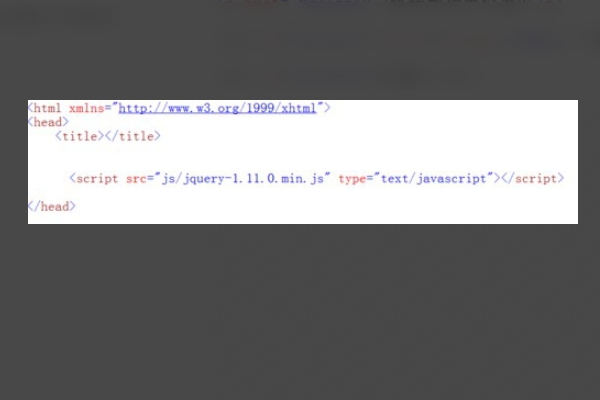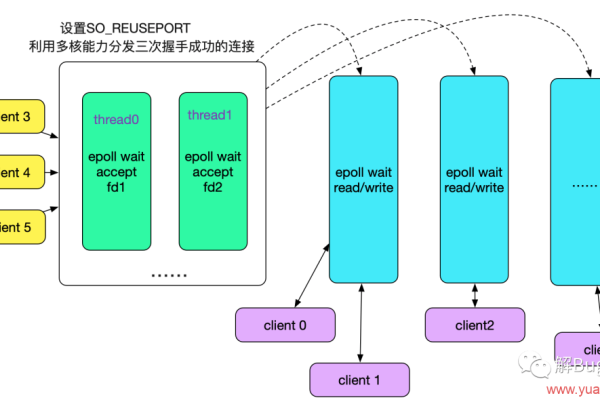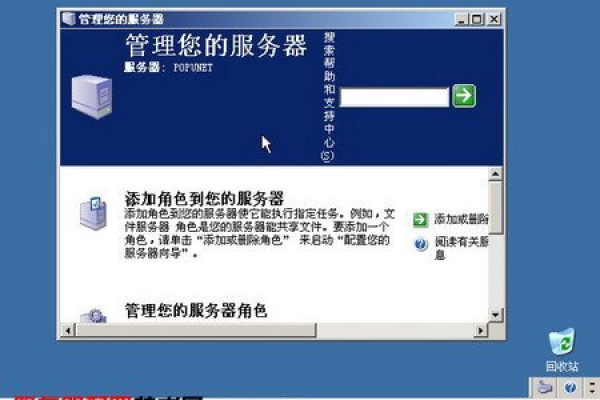php如何直接进行跳转
- 行业动态
- 2024-05-11
- 2
php,header("Location: https://www.example.com");,“
PHP如何直接进行跳转
单元1:使用PHP的header()函数进行页面跳转
在PHP脚本中,可以使用header()函数来发送一个原始的HTTP报头,从而实现页面跳转。
语法:header(string $header [, bool $replace = true [, int $status = 0 [, string $extra_header ]]])
参数说明:
$header:要发送的报头字符串。
$replace:可选参数,布尔值,表示是否替换掉之前已经设置的报头,默认为true。
$status:可选参数,整数值,表示要发送的HTTP状态码,默认为0。
$extra_header:可选参数,字符串值,表示要添加的额外报头信息。
示例代码:
<?php
// 设置跳转的目标页面和状态码
header("Location: https://www.example.com", true, 301);
exit(); // 终止脚本执行
?>
单元2:使用PHP的meta标签实现页面跳转
除了使用header()函数,还可以通过HTML的meta标签来实现页面跳转。
在HTML文档的<head>标签内添加以下代码:
<meta httpequiv="refresh" content="0;url=https://www.example.com">
content属性指定了跳转的时间间隔(以秒为单位),可以设置为0表示立即跳转;url属性指定了要跳转的目标页面地址。
示例代码:
<!DOCTYPE html>
<html>
<head>
<meta httpequiv="refresh" content="0;url=https://www.example.com">
</head>
<body>
<!页面内容 >
</body>
</html>
相关问题与解答:
问题1:如何在PHP中实现页面跳转后返回指定的HTTP状态码?
答:可以在header()函数中设置第三个参数为所需的HTTP状态码,要将页面跳转后的状态码设置为404,可以使用以下代码:header("Location: https://www.example.com", true, 404);。
问题2:使用meta标签进行页面跳转时,能否设置跳转的时间间隔?
答:是的,可以使用meta标签的content属性来设置跳转的时间间隔,将该属性的值设置为一个以秒为单位的数字即可,要将页面跳转的时间间隔设置为5秒,可以使用以下代码:<meta httpequiv="refresh" content="5;url=https://www.example.com">。
本站发布或转载的文章及图片均来自网络,其原创性以及文中表达的观点和判断不代表本站,有问题联系侵删!
本文链接:http://www.xixizhuji.com/fuzhu/184883.html




